The man in the Post Office was a bit bemused by the three enormous boxes I was trying to send from my home just outside Edinburgh down to London. He’d asked what the value of the packages was. In one sense, they were worthless, I explained. But I really needed to make sure they got to the Chelsea Flower Show on time because in another sense, they were worth their weight in gold. It didn’t help when I explained that the contents were in fact just dead leaves.
The dehydration of the bog myrtle became a proxy for the way the team were feeling
These dead leaves have become a total obsession ever since I was offered a place as a volunteer on one of the show garden builds for this year’s Chelsea. Most people appreciate that the show has as much attention to detail, as much artifice and definitely the same kind of budget as a London fashion week catwalk show. But I don’t think it is really understood quite how much the little details, like the kind of leaves under the trees planted in the temporary gardens, matter. Or how many people are worrying about these details for months on end.
Sophie Parmenter has never had these kinds of worries before, because she has never done a show garden for any kind of festival before. Out of sheer bloody-mindedness she decided that her first entry into the world of show gardening would be the hardest one possible: not one of the smaller, more relaxed shows of the season like RHS Malvern or Gardener’s World Live, or even the smaller balcony or planting design gardens at Chelsea. The show gardens on Main Avenue at the Royal Hospital Showground are the biggest plots, with enormous six figure budgets and the most attention from public and press.
Sophie has been designing this garden with architect Dido Milne for more than two years. It is one of a number sponsored by Project Giving Back, a grant-making charity established during the pandemic to try to help the voluntary sector recover from a drop in donations. It has had a significant impact on the way Chelsea looks and feels in the past few years. Now, much smaller charities can get a garden at the show where previously it was dominated by investment banks, developers and the really huge charities like Cancer Research. Sophie is designing for the National Autistic Society, but there is also a Bowel Research garden, and one for the Terence Higgins Trust, as well as smaller organisations like Pulp Friction, which only works with adults with learning disabilities in Nottinghamshire. Not everyone is happy with the way Project Giving Back has influenced the show: it means there are many more gardens with a ‘message’ and often a design that involves a ‘journey’, the kind of thing that certain types really don’t like.
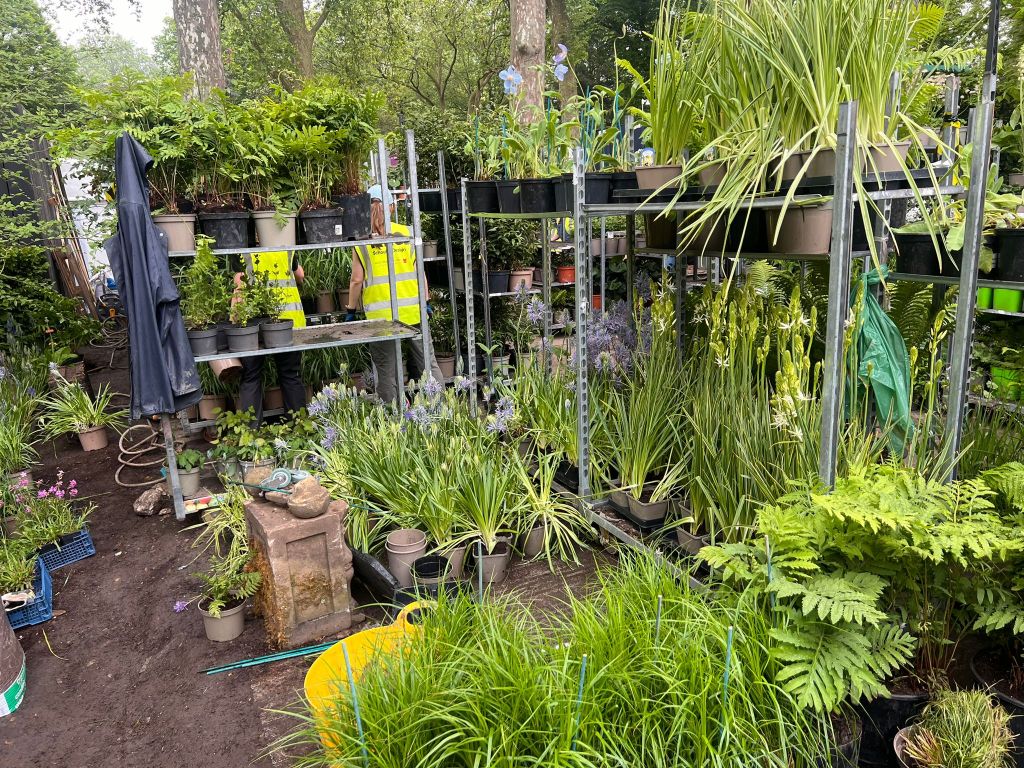
My own journey to Chelsea involved scrabbling about in local woodlands under birch trees to find the right kind of leaf litter for the garden. I tried to do it in places where I thought I wouldn’t encounter any other dog walkers, because I felt vaguely nefarious crouching on the floor and scooping up leaves. On a Zoom call with her planting team, Sophie explained that because she had River Birch (Betula nigra), which is a particularly gorgeous tactile birch with pinkish-cream peeling bark, on the garden, she needed to find leaf litter from birch trees so that the trees looked as though they had always been there, rather than still tucked in their pots and rootballs under a layer of compost and moss. The RHS judges look for this kind of detail when they decide the difference between the levels of medals they award.
The leaves arrived at the show ground shortly before I did. I’ve been going to Chelsea for years, but I’ve never looked behind the curtain before and seen the build. During show week, the avenues are filled with people in floral dresses and high heels, linen suits and the odd (very odd, in fact) model wearing a costume made entirely from leaves preening on a stand somewhere. During the build, everyone is muddy, sweaty, and wearing steel capped safety boots. There is more high-vis than a George Osborne press call circa 2015. In fact, the world of show gardens isn’t a million miles away from the weird world of party conferences that I’ve been covering for more than a decade.
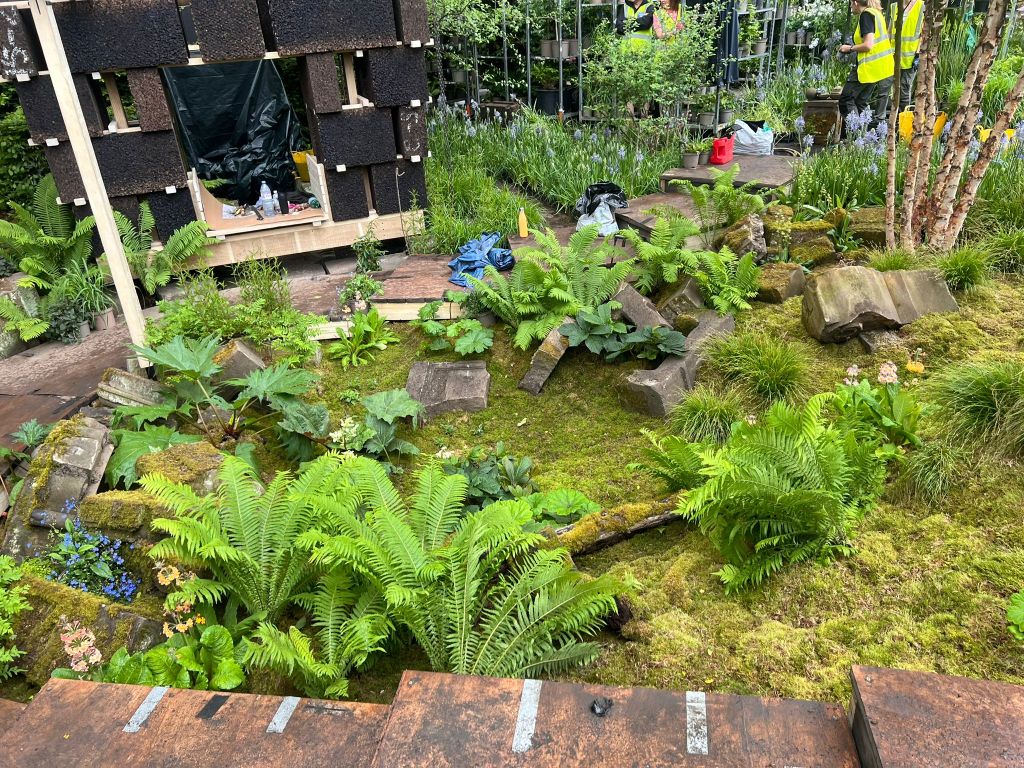
The show gardens are always presented as the work of one or two designers. But there are three weeks of professional landscapers building increasingly complicated gardens involving excavations, metal pavilions and even pretend ruins. Then the planters move in. These people are not random amateur gardeners: they are all hugely experienced designers, many of them at the top of their own game but working behind the scenes to put together a garden that looks impossibly perfect.
Sophie’s planting team was led by Humaira Ikram, who runs her own studio and teaches garden design. She knows how to get nursery-grown plants in five litre pots to look as though they’ve been growing merrily in this fake garden for years, how to space them just so they look natural, and what won’t make it onto the garden. I joined in the middle of all the planting activity. The garden at this point looked like the horticultural equivalent of the walk-in wardrobe at the fashion magazine in the Devil Wears Prada: surrounded by about 60 tall trolleys of plants, many of which were not quite perfect enough to make the cut for planting.
Sophie had hoped to have Meconopsis, a stunning blue poppy from the Himalayas, on the garden. But the wet spring followed by unusually warm April weather had done for most of them. They sat sulking on one set of trolleys while the garden filled up with candelabra primula and several different camassias. The volunteers sorted through the primulas to find ones that would keep looking perfect through to judging and show week beyond. And we spent a lot of time watering. This is a bog garden, covered in an enormous amount of moss. But Chelsea is not a bog. At times, the pressure on the planting team boiled over and the dehydration of the bog myrtle (Myrica gale) became a proxy for the way the team were feeling. Most of the time, though, everyone stayed rather jolly.
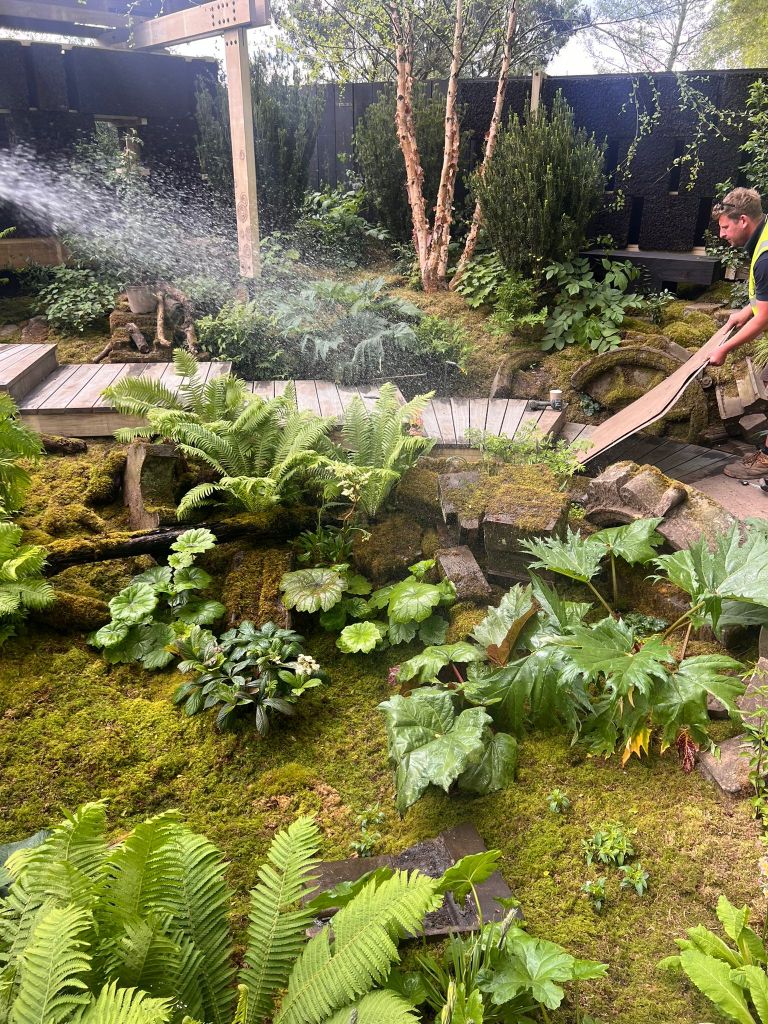
The designers are competing for medals and other prizes such as best in show and the people’s choice award. But garden design is a collaborative world, and everyone knows everyone else, so frequently someone from another plot popped up to ask if there are any spare moss that they could borrow. As the week wore on, some of the rheums on the garden were looking a little dog-eared, and Sophie ended up pleading with another designer for their spares, before chasing the plants across the show ground and grabbing them just as they were being loaded into a nursery van to be taken away.
In other gardens that were running behind, the teams seemed to be moving in double time to get everything planted and tidied. Everyone has to down tools by the middle of the morning on the Saturday, when the judges come round for the first of two assessments. They are working out how the garden performs against the brief written by the designer and the sponsor. And they are looking at every detail: whether the increasingly complicated structures on the gardens actually work, whether the materials are well-matched across the design, if some of the plants aren’t suited for the position they’ve been given, or if the leaf litter under the birch trees isn’t botanically accurate.
The medals aren’t announced until this morning, so we still have no idea whether it was my Scottish birch leaf litter that cinched it or not. When the week is over, most of the garden will move up to an National Autistic Society residential site in Scotland for its full life. And the show ground will be re-turfed for another year before the safety boots move back in.

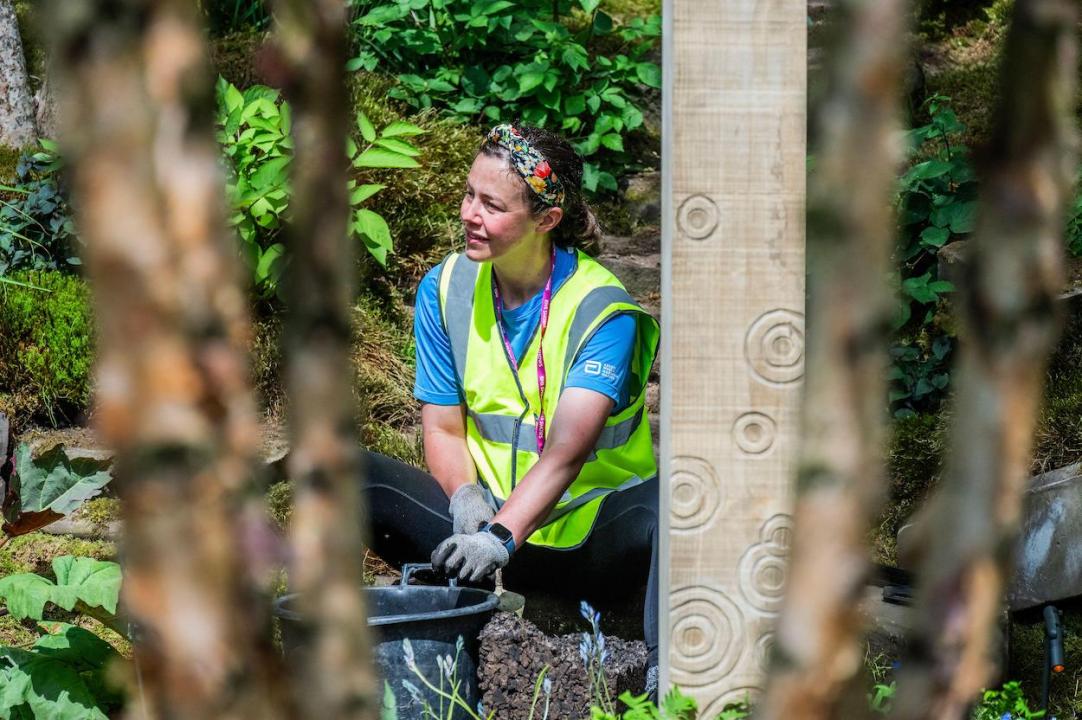
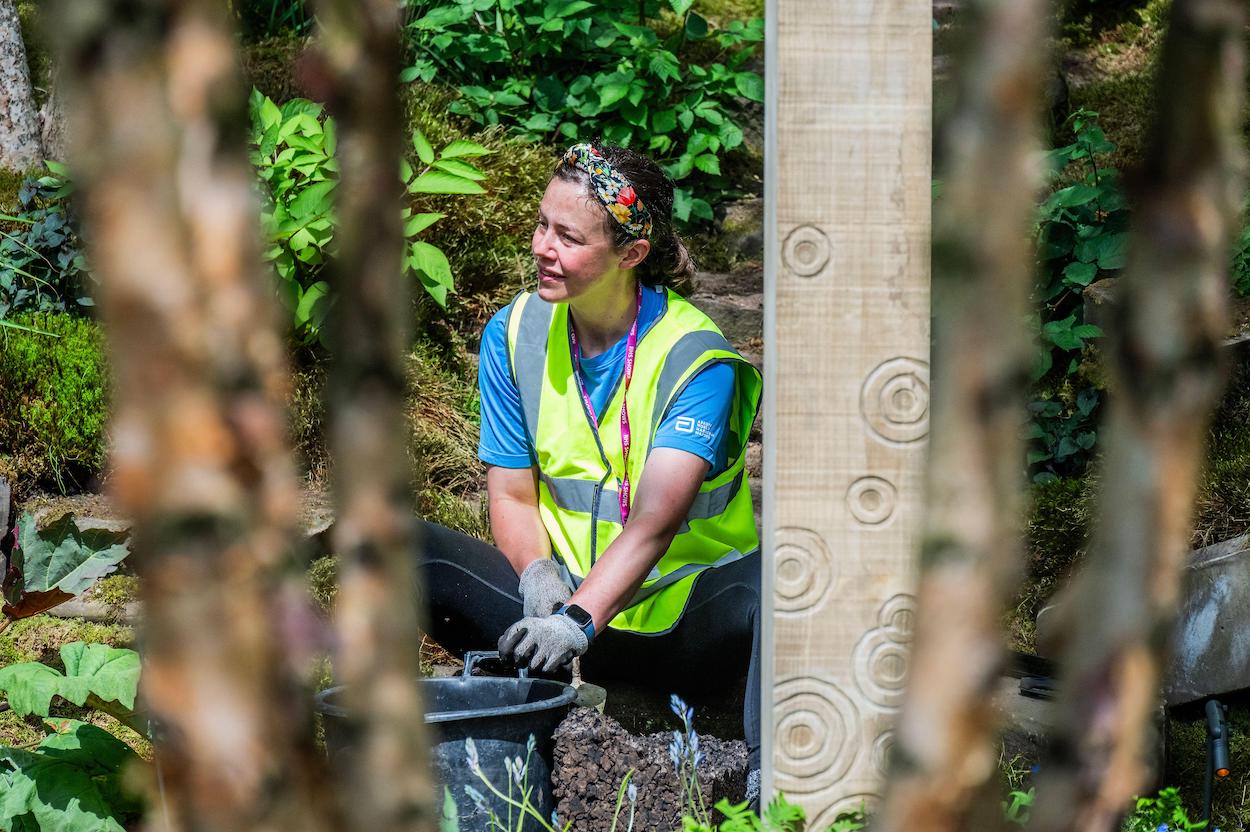
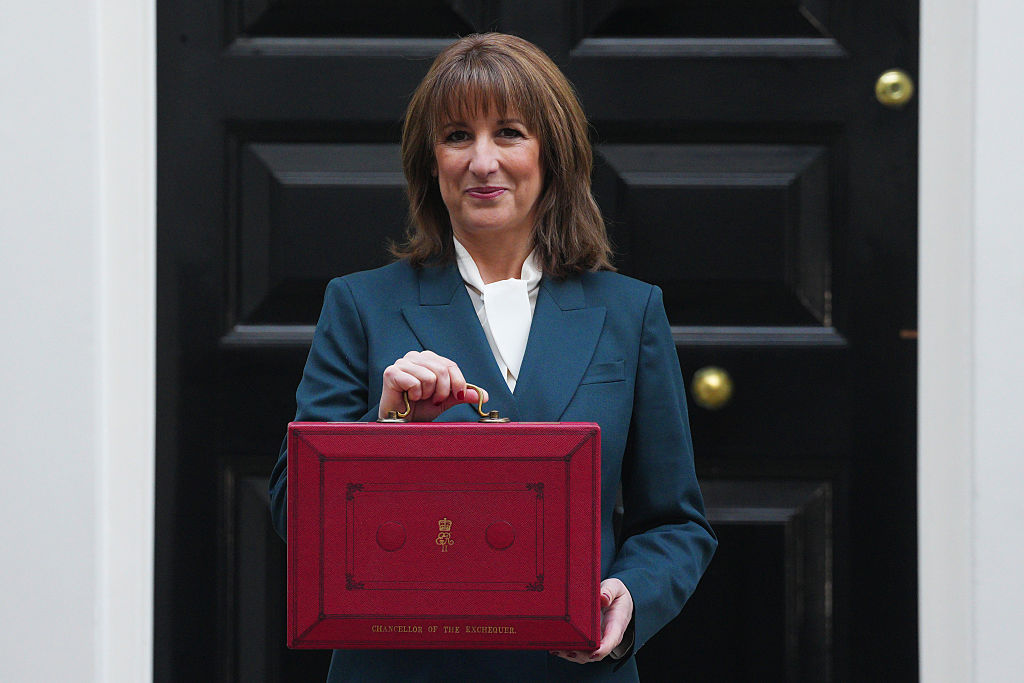




Comments